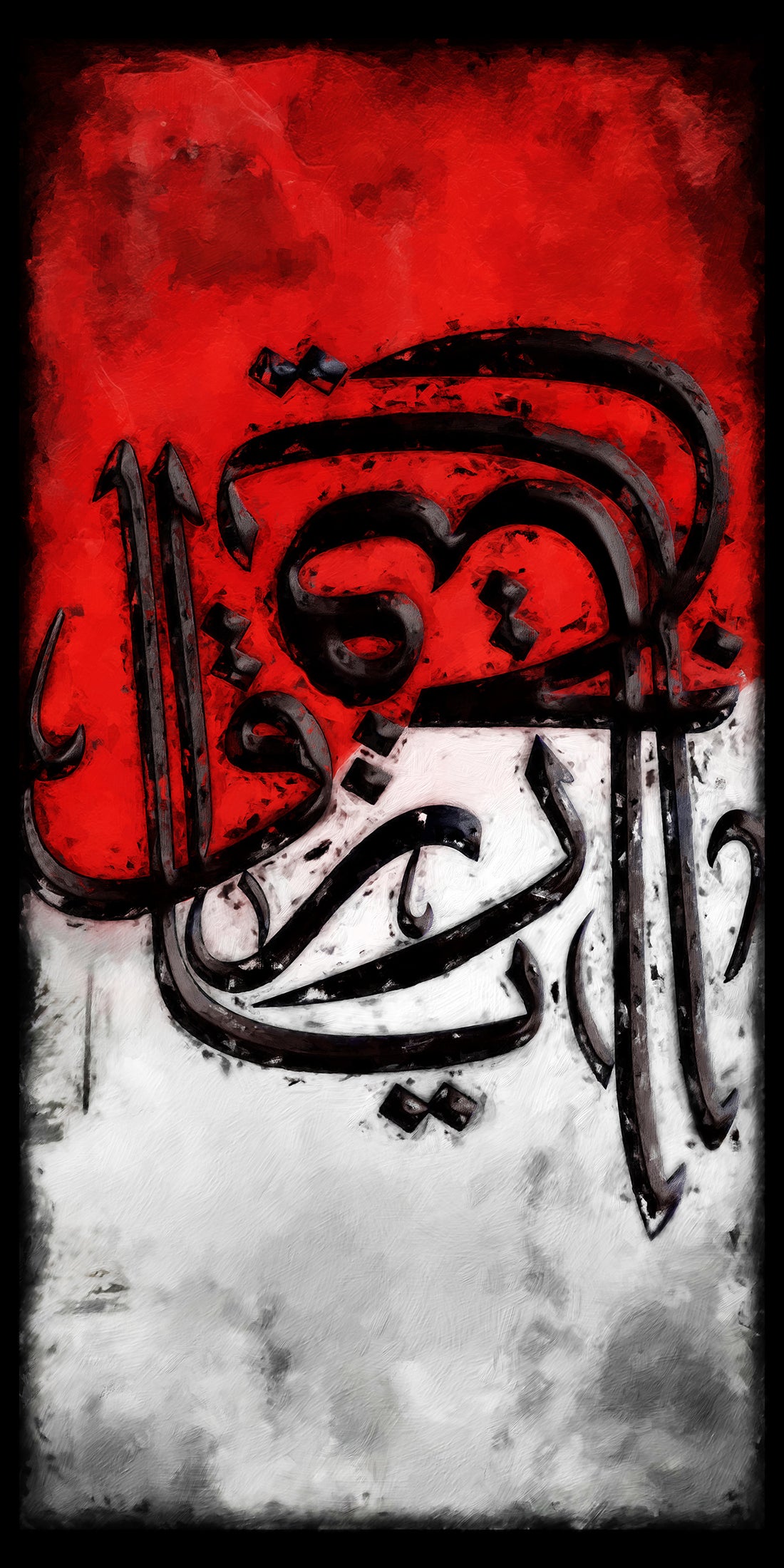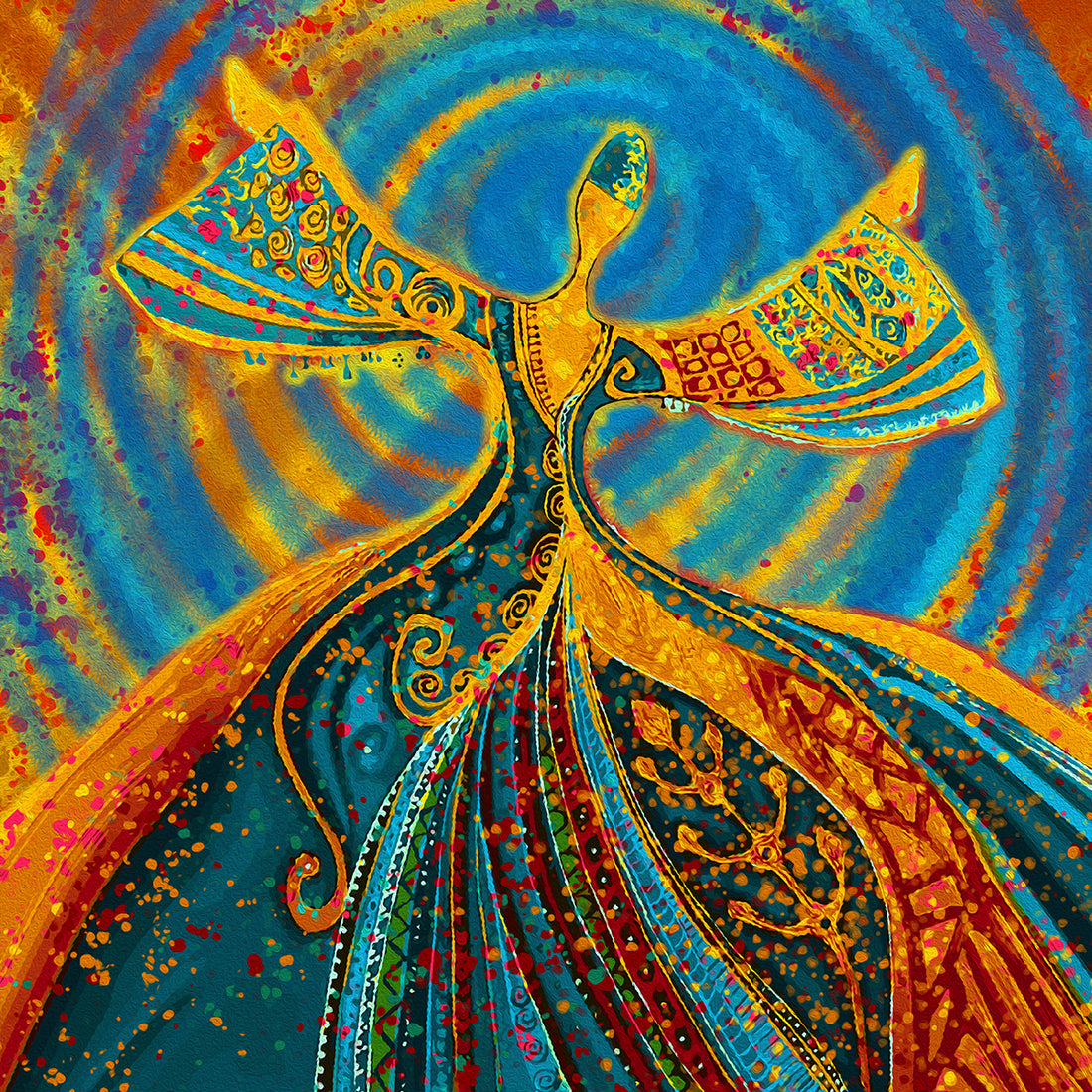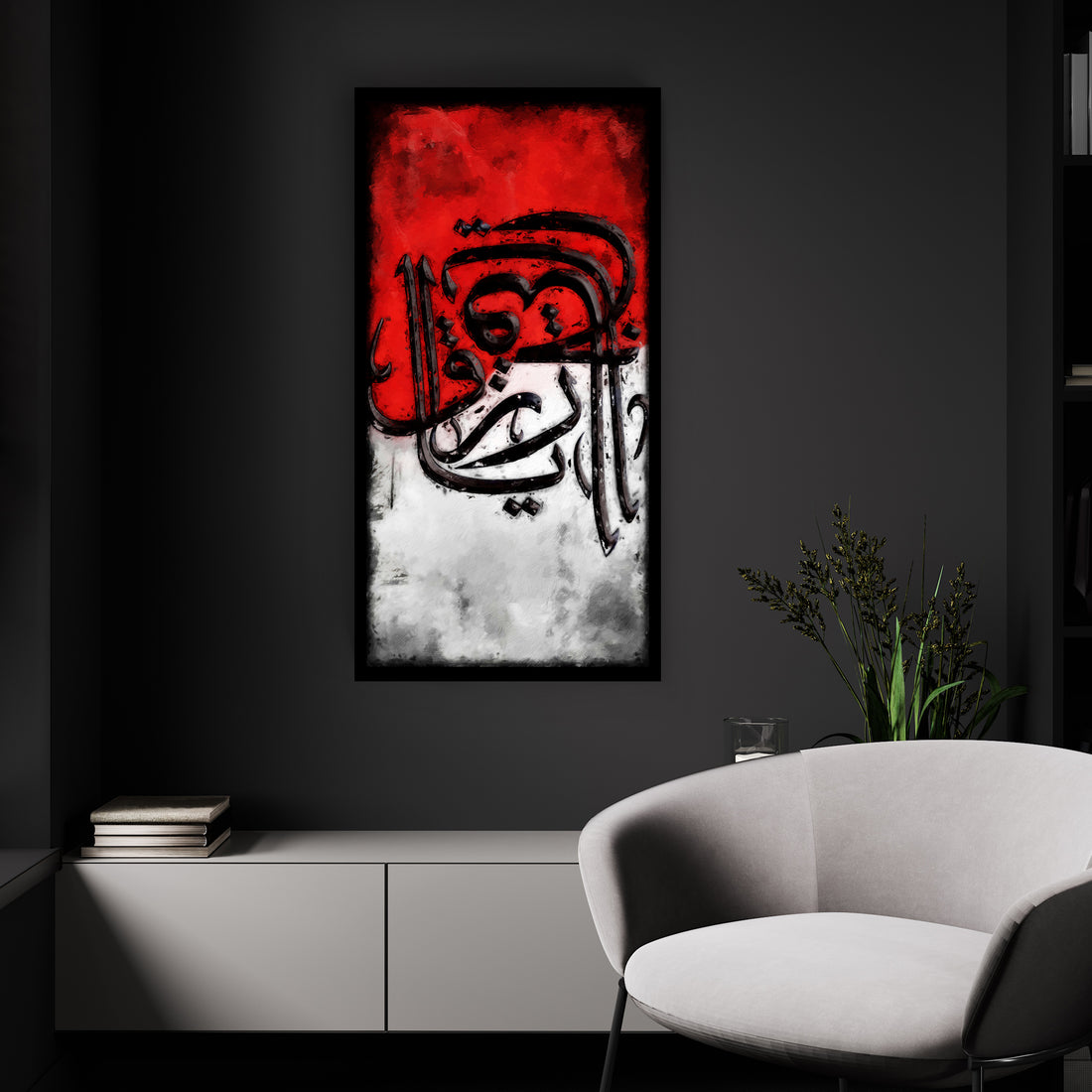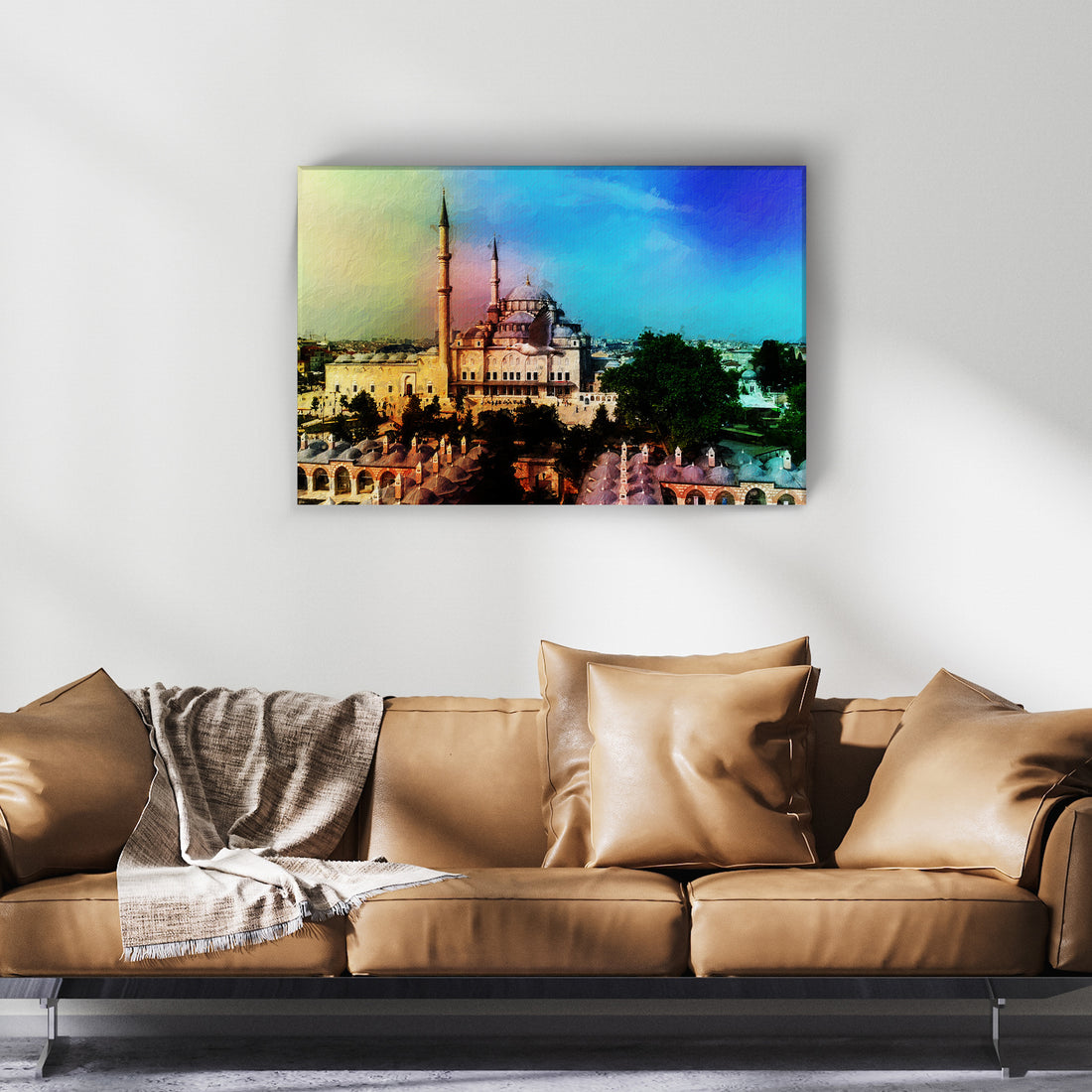Medicine Hygieia (1901-1907) by Gustav Klimt
Details
Medicine Hygieia is one of the ceiling paintings that Gustav Klimt created for the Great Hall of the University of Vienna. The artwork depicts the Greek goddess Hygieia, symbolizing health, cleanliness, and hygiene. In this mesmerizing piece, Hygieia is portrayed as an ethereal figure surrounded by intricate patterns and vibrant colors, characteristic of Klimt's iconic style. Holding a serpent, representing healing and medicine in Greek mythology, she exudes a sense of wisdom and divine presence. Medicine Hygieia is a powerful tribute to the significance of medicine and the pursuit of well-being, as well as a testament to Klimt's artistic brilliance in capturing both the physical and spiritual aspects of his subjects. The painting reflects Klimt's fascination with mythology and the human condition, exploring themes of life, death, and the quest for physical and spiritual harmony, making it a timeless and captivating work of art that continues to inspire and resonate with viewers.
Medicine Hygieia (1901-1907) by Gustav Klimt
Medicine Hygieia (1901-1907) by Gustav Klimt
Details
Medicine Hygieia is one of the ceiling paintings that Gustav Klimt created for the Great Hall of the University of Vienna. The artwork depicts the Greek goddess Hygieia, symbolizing health, cleanliness, and hygiene. In this mesmerizing piece, Hygieia is portrayed as an ethereal figure surrounded by intricate patterns and vibrant colors, characteristic of Klimt's iconic style. Holding a serpent, representing healing and medicine in Greek mythology, she exudes a sense of wisdom and divine presence. Medicine Hygieia is a powerful tribute to the significance of medicine and the pursuit of well-being, as well as a testament to Klimt's artistic brilliance in capturing both the physical and spiritual aspects of his subjects. The painting reflects Klimt's fascination with mythology and the human condition, exploring themes of life, death, and the quest for physical and spiritual harmony, making it a timeless and captivating work of art that continues to inspire and resonate with viewers.










